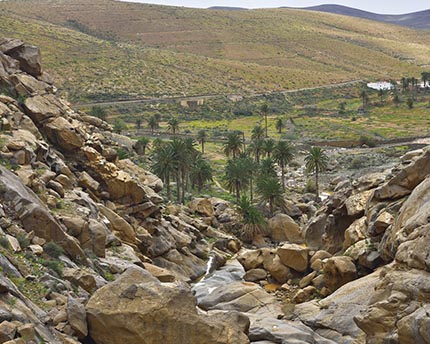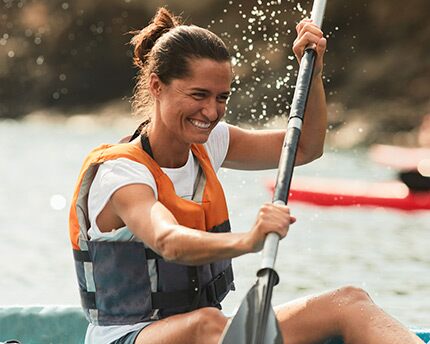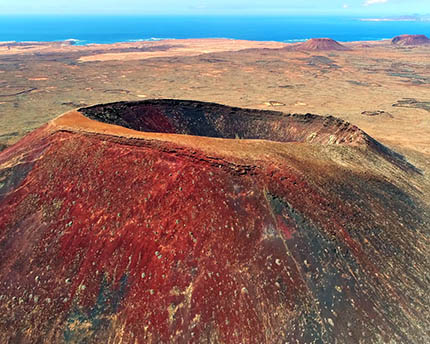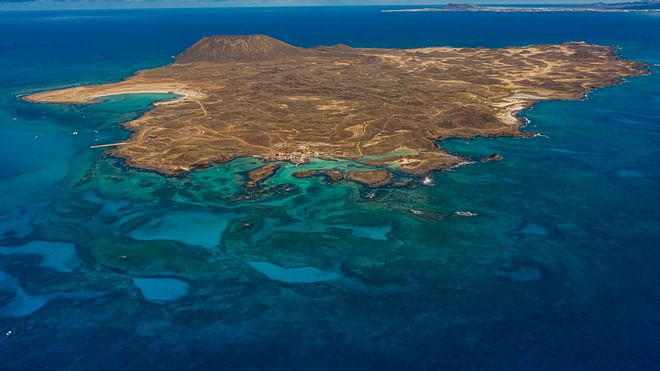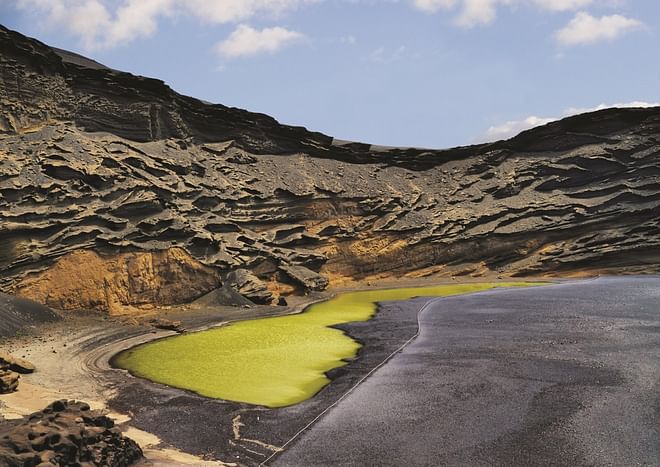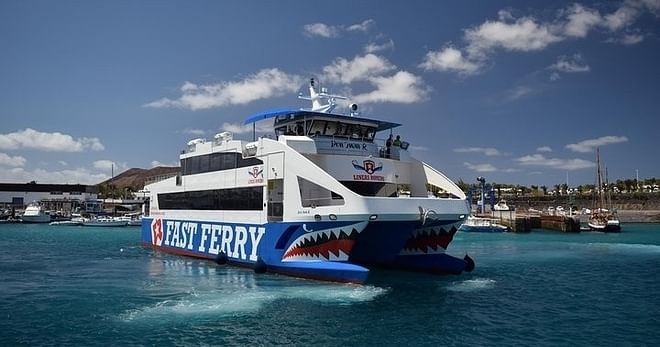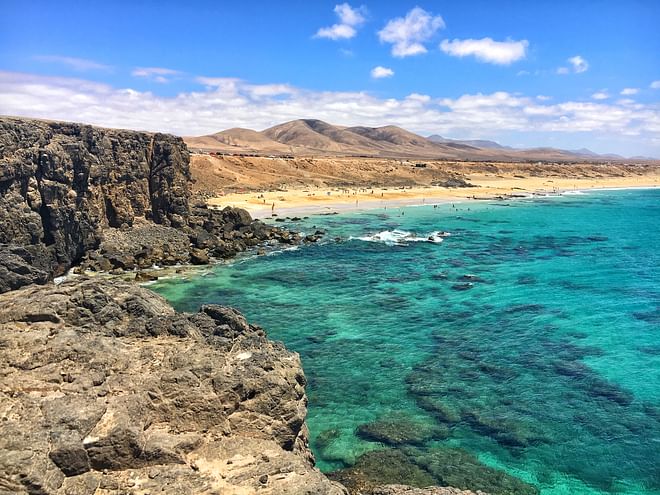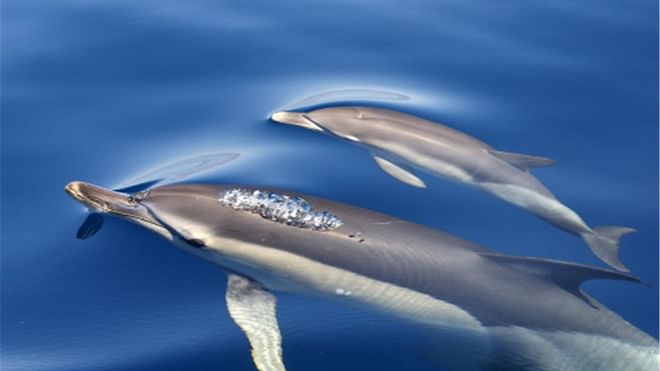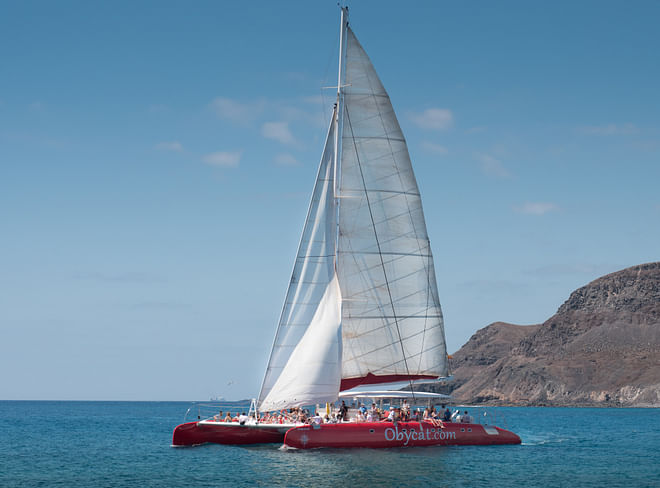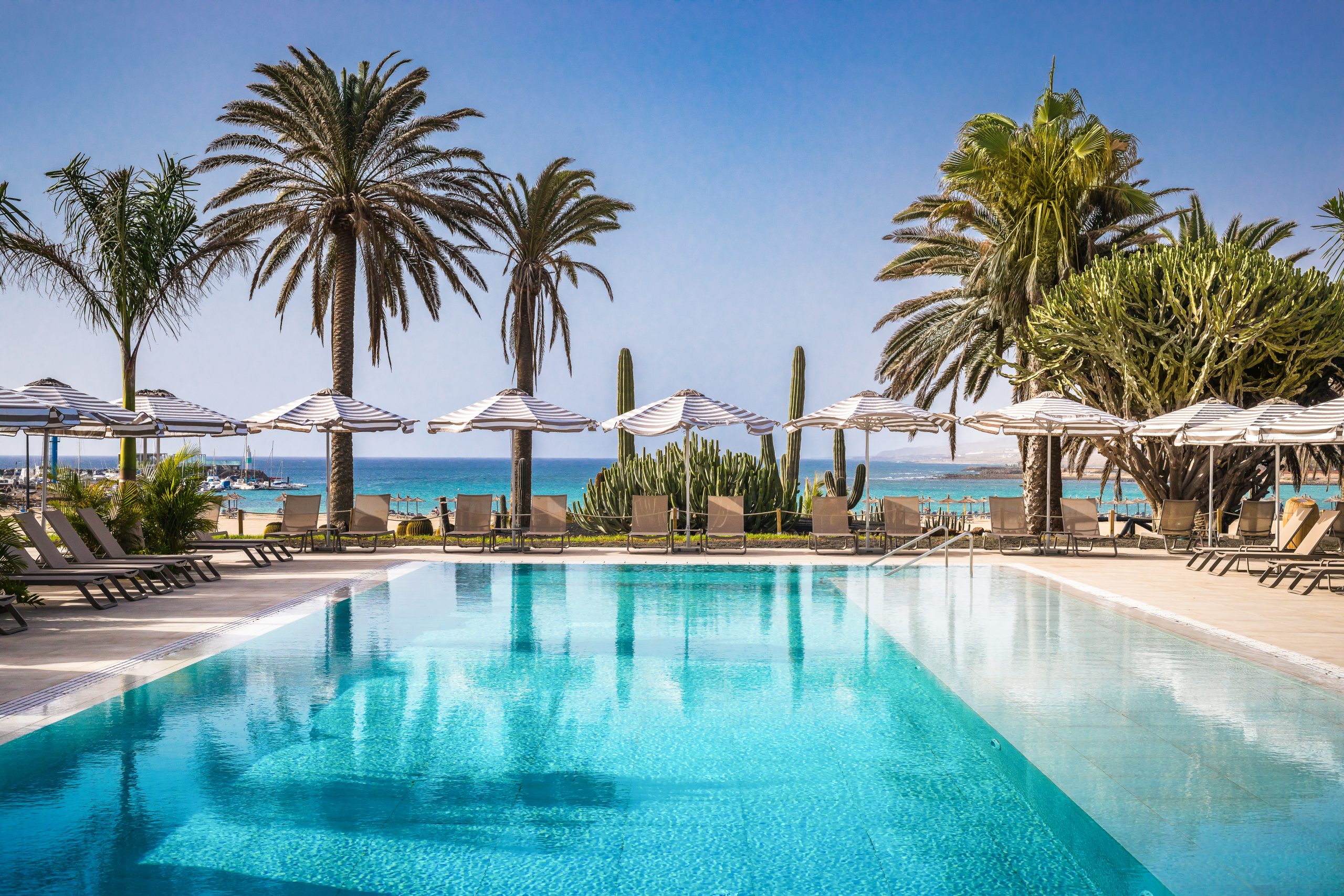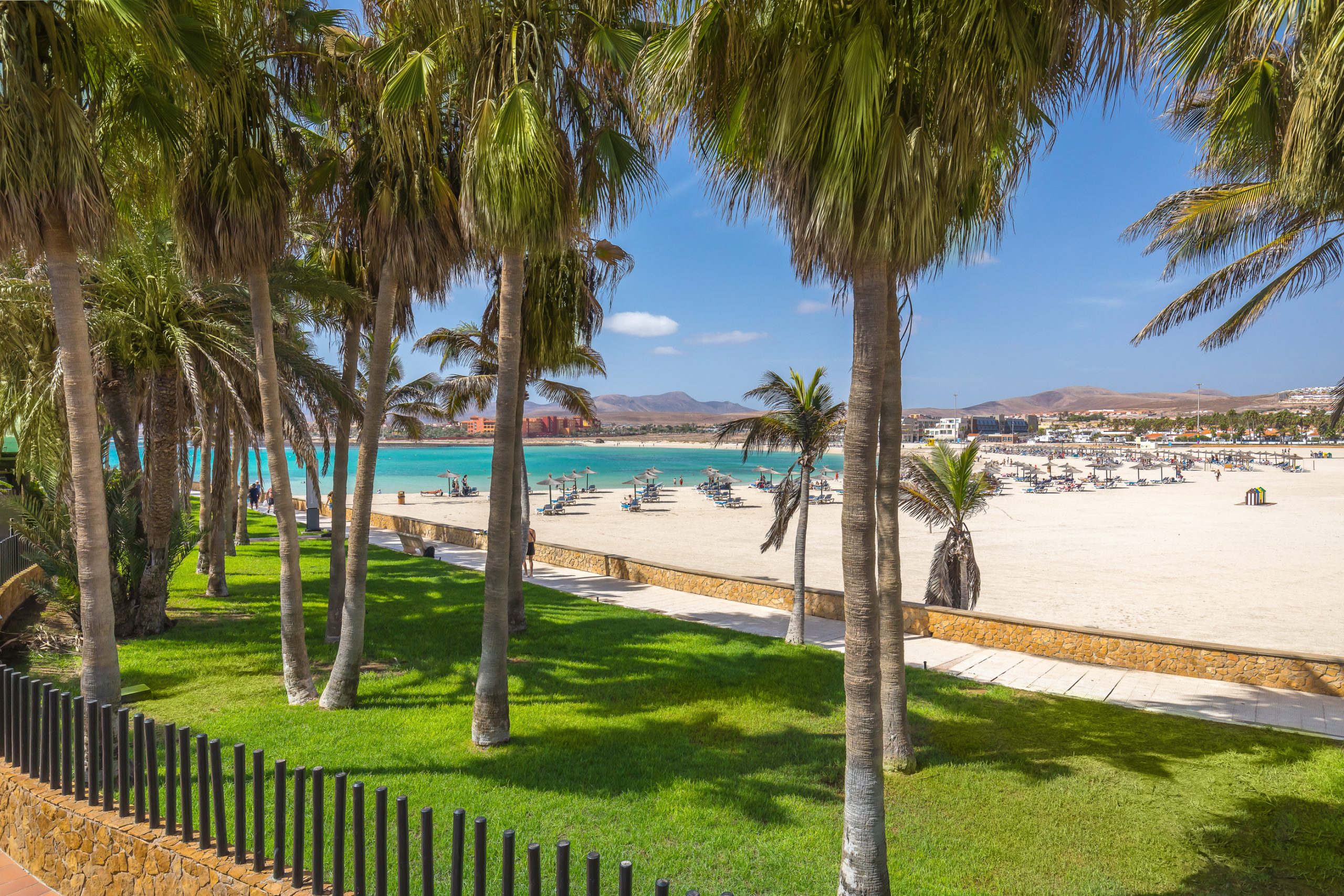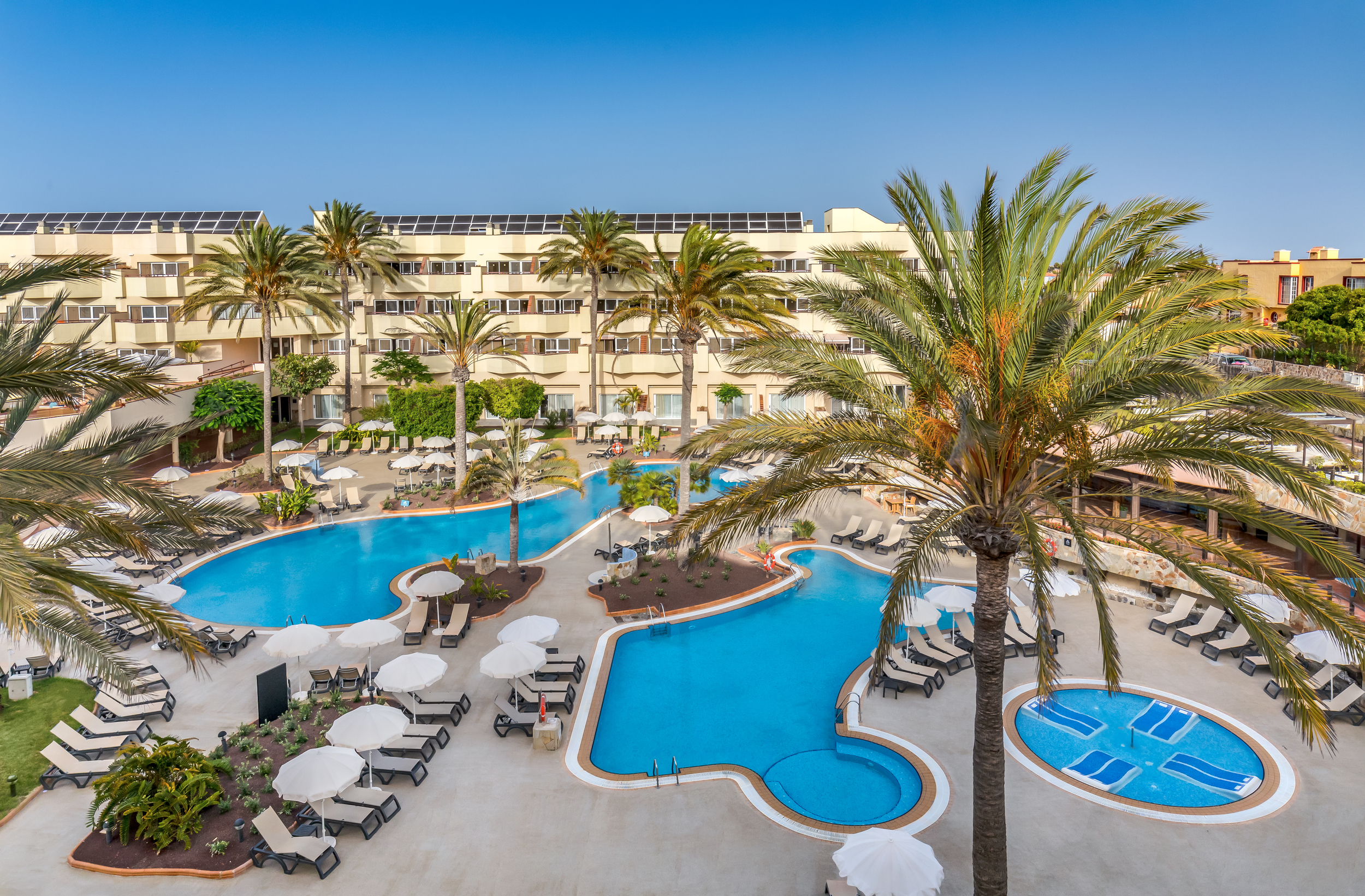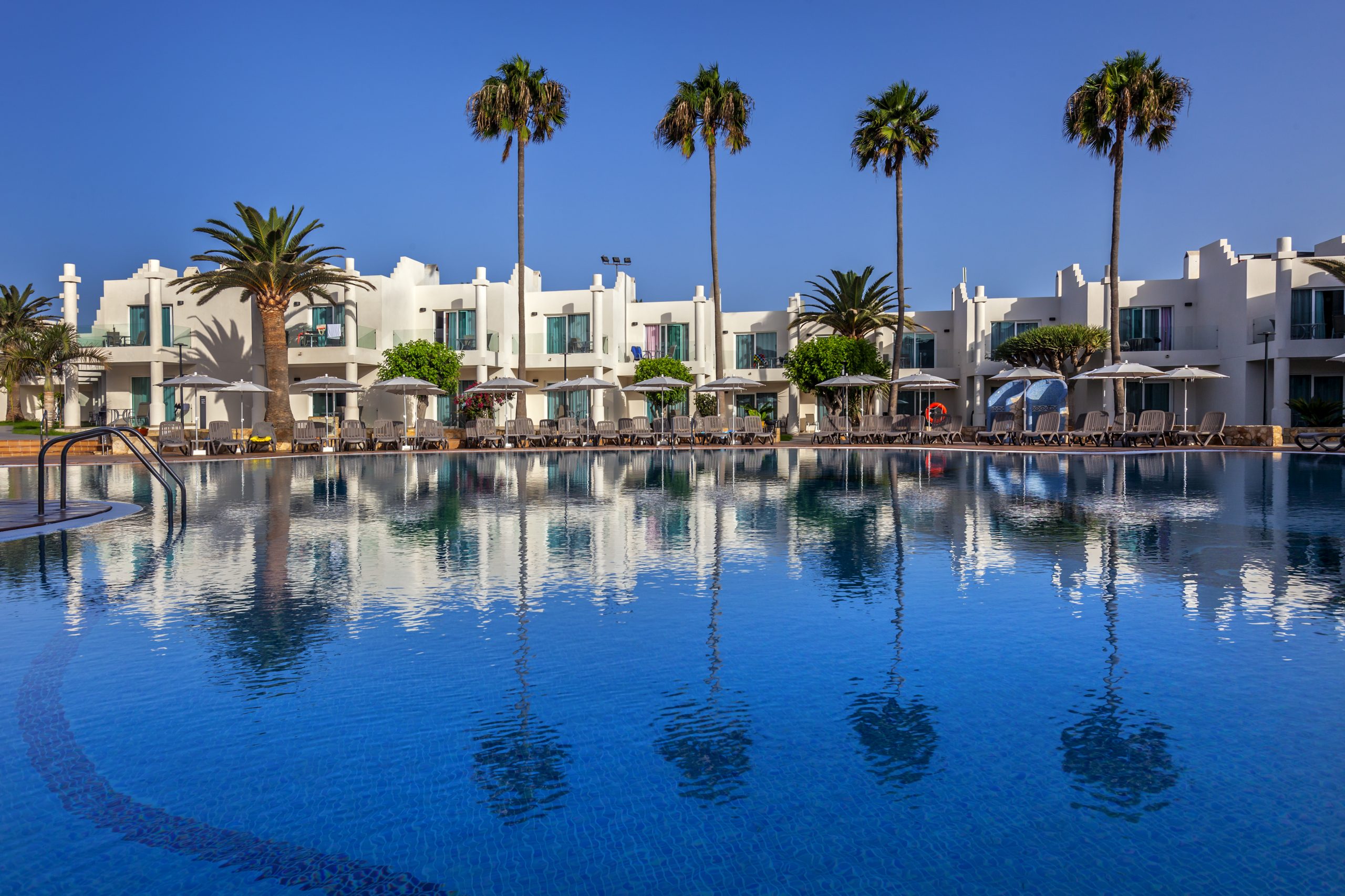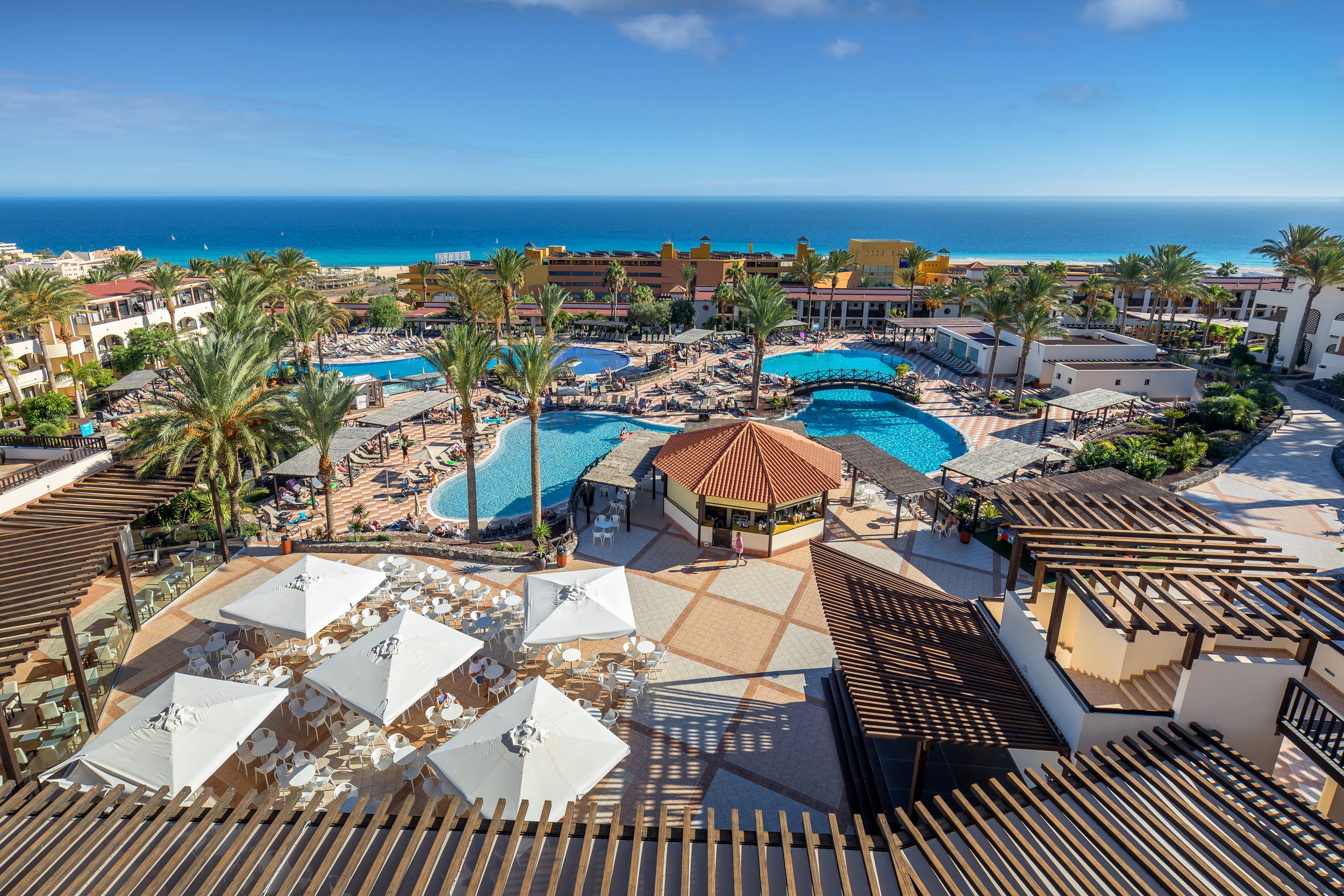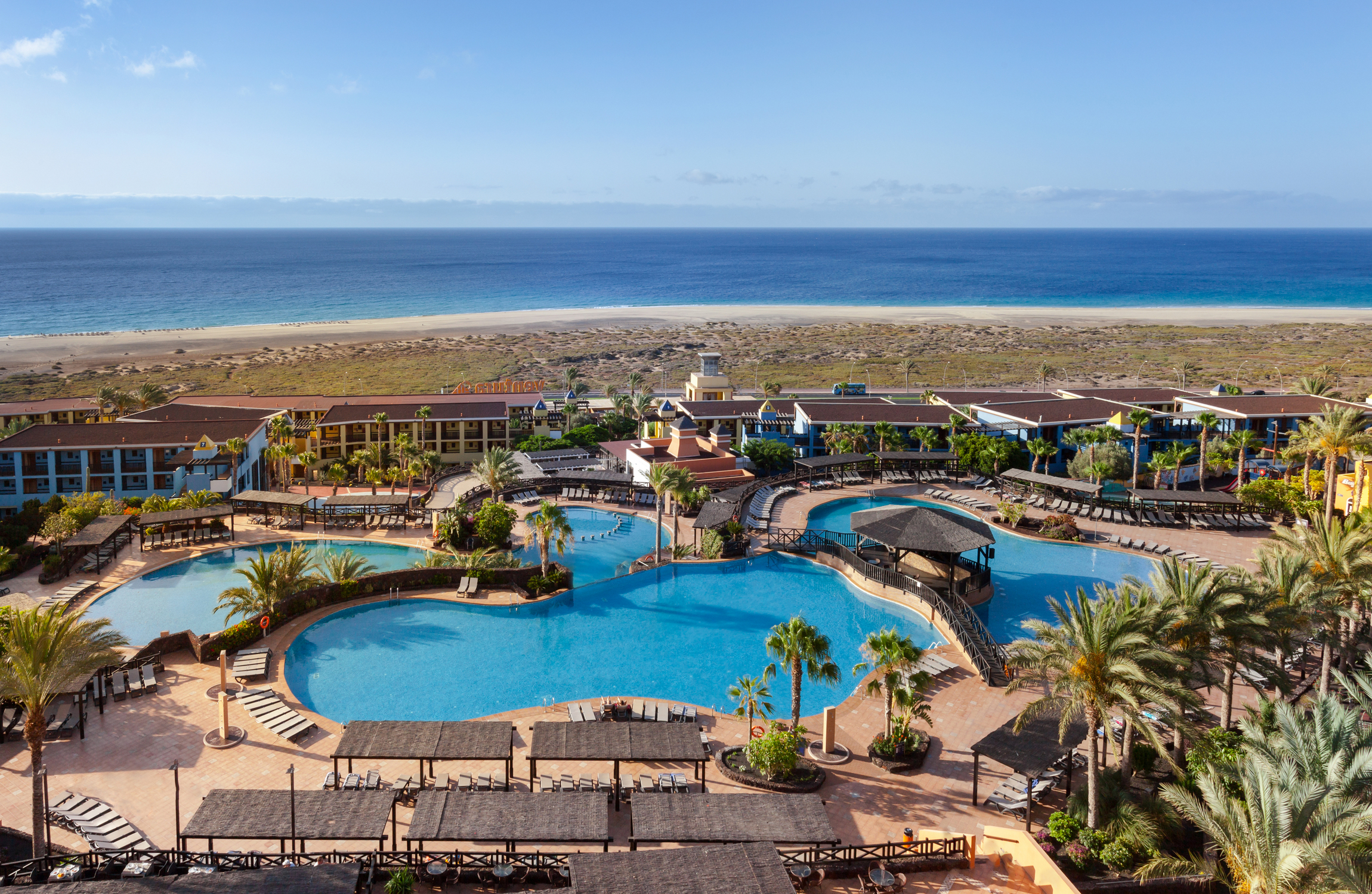Although Fuerteventura is associated, above all, with its spectacular beaches, it also boasts stunning mountain landscapes that are well worth getting to know. Situated in Jandía Natural Park, which spans 14,000 hectares and covers a large part of the southern part of the island, is Pico de la Zarza, the highest point on the island. Its extraordinary location, more than 800 metres above sea level, allows visitors, on clear days, to contemplate impressive views of the beaches of Cofete and Barlovento, which emerge like a dream before the eyes of holidaymakers, and Jandía Peninsula, which commands your attention from up high. However, this is not the only reward you get on the way to the top.
The climb up to Pico de la Zarza gives you a new perspective of this arid island, a landscape rich in contrasts and changes in texture and colour. The ocean disappears into the background as you get closer to the top and, above all on the last stretch, things get much more humid. The richness of the area is undeniable, with plant species and endemic fauna that delight nature lovers.
Pico de la Zarza: the highest mountain in Fuerteventura
As an alternative to the beach, Fuerteventura offers fans of climbing a trail up to its highest mountain, Pico de la Zarza. Situated on the Jandía Peninsula, it emerged from one of the three most important volcanic eruptions, which, 20 million years ago, formed the island of Fuerteventura. There, visitors will find a landscape made up of rolling hills, which contrast with the majestic presence of the Jandía massif, crowned by Pico de la Zarza, with an altitude of 807 metres.
Those who wish to get to know the island of Fuerteventura properly must visit the area, which gives a sombre and remote landscape a feeling of even greater importance. You can’t get a feel for the island without familiarising yourself with this part of its geography. Climbing up to rocky crests, which can be seen from the coast, is an unforgettable experience, like making your way up a natural staircase, from the ocean to the top of the mountain, step by step, observing the majesty of a wild and extraordinary land.
The trail towards Pico de la Zarza
The path up to Pico de la Zarza begins in the tourist resort of Morro Jable, in the municipality of Pájara. It’s advisable to choose a clear day to climb up to the highest point in Fuerteventura, however, when the mountain is covered in mist, which often occurs, it is a beautiful sight, contrasting with the sombre, yellow-coloured landscape. Although it is steep at points and the wind blows constantly, the trail is not difficult. It spans around seven and a half kilometres on a constant incline that lasts approximately three hours, and is very well marked. Along the way, hikers will ascend from the coast up to the most humid part of the island.
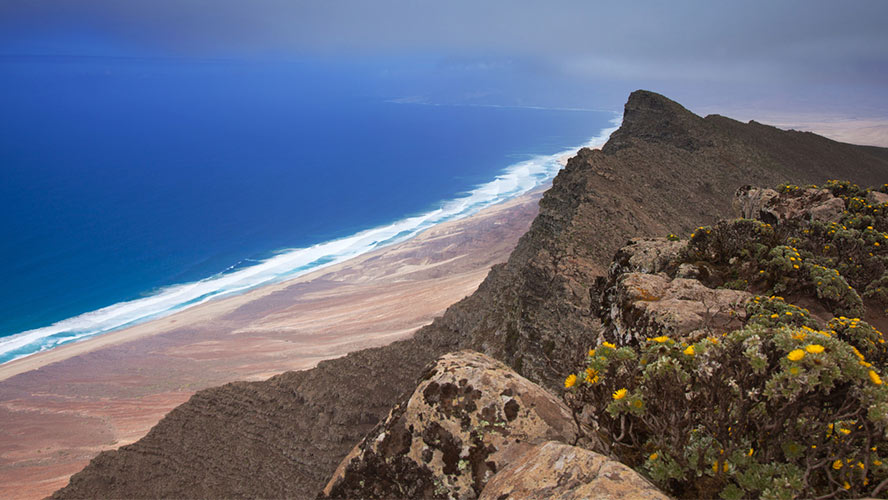
The Morro Jable roundabout, which is home to a sculpture symbolising a boat with its sails at full mast, is one of the customary starting points for embarking on the adventure. If you head up along Calle Don Quijote, following the signs along a dirt track, you will come to a water tank that marks your entrance into Jandía Natural Park. From there, hikers head uphill for little over six kilometres before reaching Vinamar ravine. The climb boasts incredible panoramic views, although one and a half kilometres still remain before you reach the top to enjoy the spectacular final views as promised.
A wealth of plant life and fauna on Pico de la Zarza
The pleasure you get from the trail, while contemplating the landscape, make the climb up to the top of Pico de la Zarza extremely rewarding. But it doesn’t stop there: nature and hiking lovers will be astonished by the vegetation and fauna, which is highly important both geologically and biologically. Thanks to the trade winds, which blow on the crests of Jandía Natural Park, the area boasts a humid ecosystem that is unique in Fuerteventura.
The lower areas, through which the first stretch of the trail passes on its way up to Pico de la Zarza, are abound with species such as Euphorbia handiensis, the symbol of Fuerteventura, balsam spurge and verode, which can withstand the lack of rain and the area’s high salinity levels. Of particular note on the last stretch are endemic species such as echiums, Bupleurum handiense, and Hemum winterii.
Encountering birds and reptiles on your ascent
In terms of fauna, on the climb up the highest mountain in Fuerteventura, hikers can encounter up to 28 bird species. The most characteristic of the local fauna, capable of adapting to the Fuerteventura’s tough land, are houbara bustards, ibises, Barbary falcons and Egyptian vultures—also known as the Canarian Egyptian vulture—the only vulture that inhabits the Canary Islands. The bird, the largest on the islands and also currently at risk of extinction, has a sedentary life, living in crags and cliffs. Sharing a habitat with them are reptiles, which will accompany you along the hike. Some of the most notable include the Atlantic lizard, the Tenerife gecko and Chalcides simonyi, a species of lizard found only in the Canary Islands.
The descent and oddities in the surroundings of Pico de la Zarza
The descent from Pico de la Zarza is rewarded by a dip at Cofete beach. What seemed like a dream from the highest mountain in Fuerteventura becomes a reality. On the way back from the summit, on the same path, you will come to the beach, one of the most beautiful and wild beaches on the island. Close by is the mysterious Villa Winter, a legendary place in Fuerteventura that attracts the most curious visitors.
Its location in one of the most remote parts of the island does not fail to impress, and it can be reached via a steep stone path. It was built in the 1940s by Gustavo Winter, a wealthy German engineer. There are many theories and legends to do with the building: it is said to have been a supply base for the fleet of Nazi submarines during the Second World War. People also speak of underground tunnels stretching from the basement of the villa all the way to the ocean, and it’s even been said that it was a refuge for Hitler after the war. A slight note of intrigue to round up a day of intense adventure.



























































